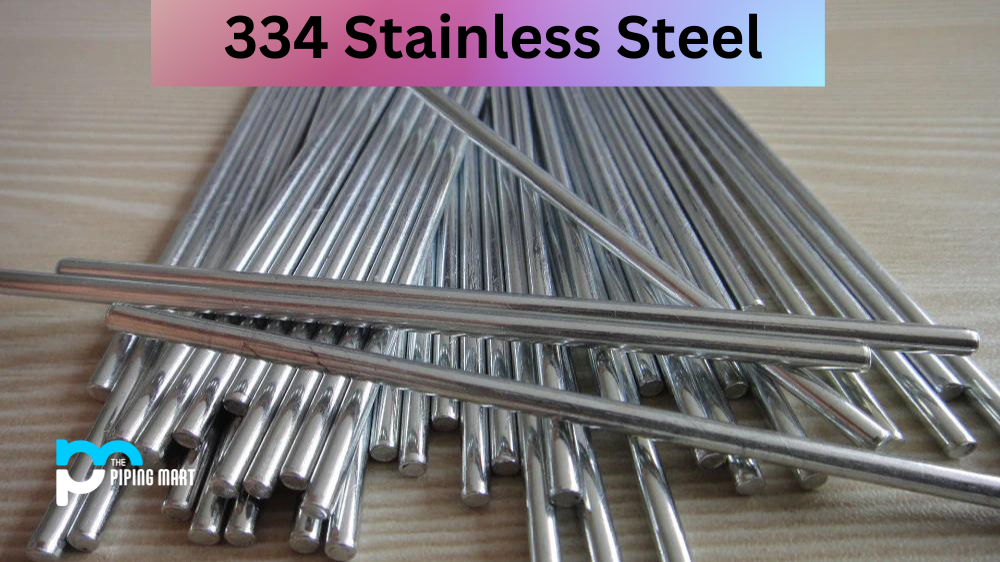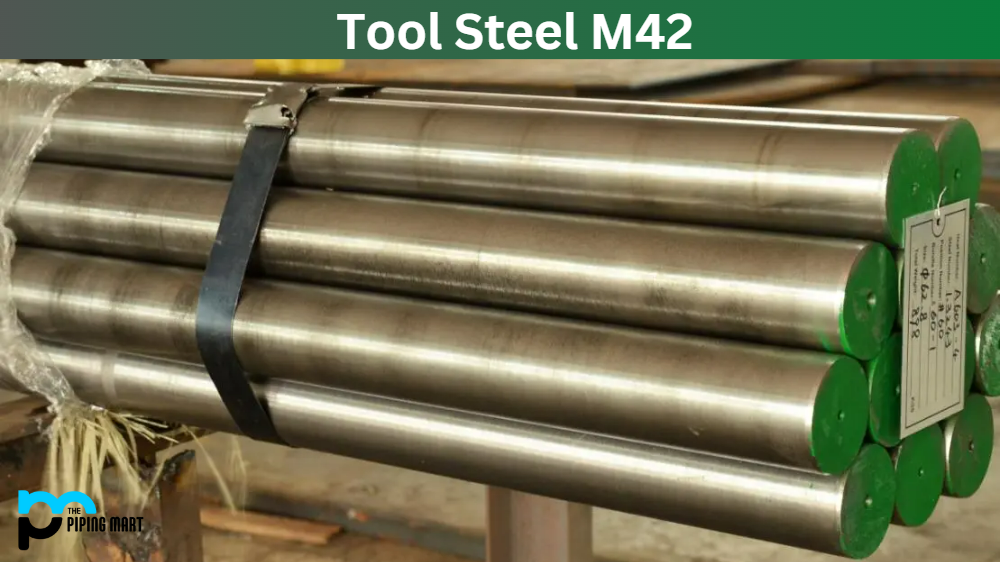There are many types of stainless steel available on the market, and each one has unique properties that make it suitable for different applications. One of these types is 334 stainless steel, which is noted for its excellent general corrosion resistance, good formability, weldability, and high strength at elevated temperatures. Let’s take a closer look at this type of stainless steel to understand its composition, physical properties, mechanical properties, and uses.
334 Stainless Steel Composition
UNS S33400 is an austenitic chromium-nickel alloy with a molybdenum content ranging from 2% to 3%. It contains 18% chromium and 8% nickel, as well as small amounts of manganese and nitrogen. This combination gives it superior corrosion resistance in both acidic and basic environments. It also has excellent formability and weldability properties.
| Element | Content (%) |
|---|---|
| Nickel, Ni | 19-20 |
| Chromium, Cr | 19-19.5 |
| Manganese, Mn | 1 |
| Silicon, Si | 0.75 |
| Phosphorus, P | 0.02 |
| Sulfur, S | 0.015 |
| Titanium, Ti | 0.4 |
| Aluminum, Al | 0.4 |
| Copper, Cu | 0.2 |
| Carbon, C | 0.03 |
| Iron, Fe | Balance |
334 Stainless Steel Physical Properties
The physical properties of UNS S33400 include a high melting point (1454°C), low electrical resistivity (0.05 Ω-cm) and a maximum operating temperature of 900°C. Its density is 8 g/cm3, which makes it lighter than other metals such as aluminium or copper but still strong enough to be used in structural applications. The thermal conductivity of this metal is among the highest among all ferrous materials, meaning that it can dissipate heat quickly when exposed to high temperatures.
| Properties | Metric | Imperial |
|---|---|---|
| Density | 8.03 g/cm3 | 0.290 lb/in3 |
334 Stainless Steel Mechanical Properties
The mechanical properties of UNS S33400 are quite impressive as well. It has a tensile strength range (elongation) between 550MPa – 700MPa and a yield strength range (compression) between 45MPa – 70MPa. This makes it ideal for use in applications where extreme forces are present such as automotive parts or medical implants requiring high levels of durability and strength. Additionally, the relatively low modulus (elasticity factor) means that this material can withstand larger loads before it deforms under stress or pressure.
| Properties | Metric | Imperial |
|---|---|---|
| Tensile strength | 572.4 MPa | 83020 psi |
| Yield strength | 241.4 MPa | 35010 psi |
| Modulus of elasticity | 200 GPa | 29000 ksi |
| Elongation at break | 40% | 40% |
| Hardness, Rockwell B | 82 | 82 |
334 Stainless Steel Thermal Properties
| Properties | Metric | Imperial |
|---|---|---|
| Thermal expansion co-efficient (@20-100°C/68-212°F) | 17.04 µm/m°C | 9.467 µin/in°F |
| Thermal conductivity | 12.9 W/mK | 89.5 BTU in/hr.ft².°F |
334 Stainless Steel Uses
UNS S33400 is an austenitic alloy stainless steel offering superior strength and good corrosion resistance at higher temperatures. It is commonly used for components that require high temperature-resistant properties and excellent overall performance, making it a favourite among engineers, manufacturers and consumers alike. Applications include highly corrosive industrial equipment like chemical plants; structural components such as buildings and bridges; power plant chimneys; oil and gas platforms; fuel tanks; heated containers; heat exchangers; turbine blades; aircraft parts, medical instruments, kitchen utensils, deep drawers and many others. It is easy to maintain, cost-effective and highly resistant to oxidation and chloride stress-corrosion cracking at higher temperatures.
Conclusion
As you can see from the information provided above, 334 stainless steel offers an impressive combination of chemical composition, physical properties and mechanical properties that make it suitable for use in various industrial applications, including medical devices, automotive parts and construction projects that require extreme durability and strength under pressure or stress conditions. It’s an incredibly versatile material with great potential for future development in many industries where its unique characteristics will prove invaluable. Furthermore, its excellent corrosion resistance makes it popular among engineers looking for reliable solutions with long-term performance benefits.

Pipingmart is a B2B portal that specializes in metal, industrial and piping items. Additionally, we share the latest information and information about materials, products and various types of grades to assist businesses that are involved in this business.




